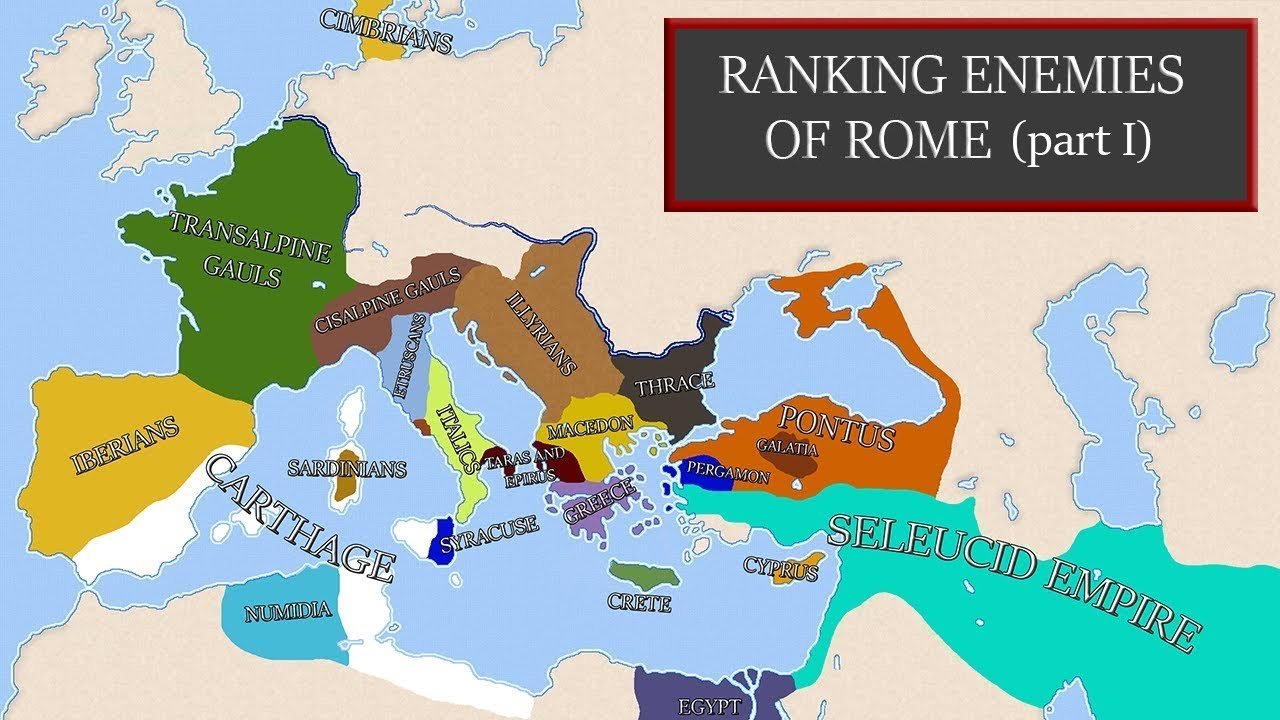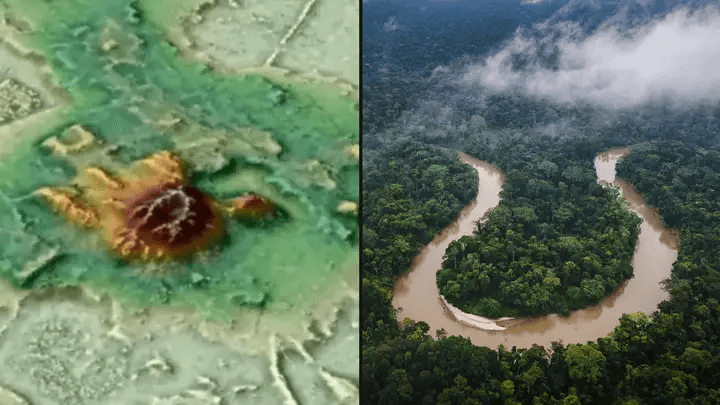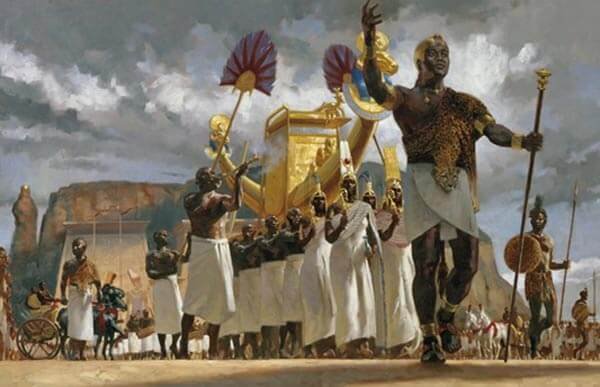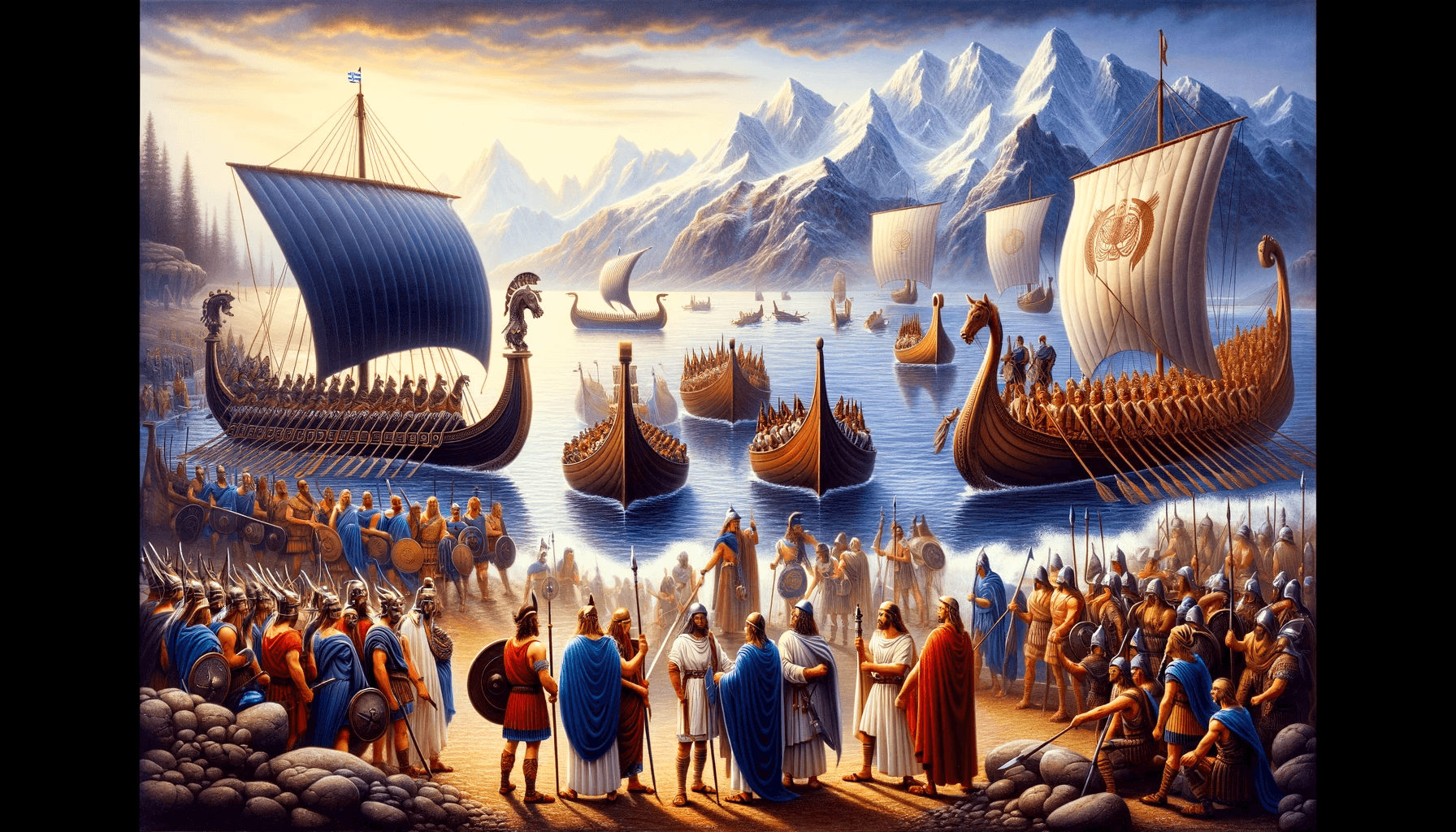Mount Nemrut, located in southeastern Turkey, is home to a trove of colossal stone statues believed to guard the Royal tomb of King Antiochus I of Kamini, whose burial dates back to the first century BC. The king, who ruled the kingdom of Kamini from 70 BC to 36 BC, commissioned the construction of a sanctuary adorned with towering statues, envisioned as guardians for his tomb. The site features two terraces, each showcasing a row of diverse statues embodying Antiochus's reverence for Greek and Persian Anatolian religions. The statues depict Greek gods like Zeus and Apollo alongside Eastern counterparts like Orases and Mithis, with lion and eagle statues flanking each row to symbolize royal authority and divine guardianship. The site has been said to have been the space for ceremonies linked to the astronomical and religious nature of the statues. The sanctuary, now a UNESCO World Heritage site, continues to lure the curious and the scholarly, with its stone sentinels silently guarding the mysteries of a king's eternal repose.
MCAS, a Hilltop Palace and Fortress situated in modern-day Jordan along the Jordan River on the eastern shore of the Dead Sea, is the site of the capture and execution of John the Baptist. John played a pivotal role as the harbinger and baptizer of Jesus, with his outspoken disapproval of King Herod Antipas's marriage to Herodias marking the beginning of his downfall. John was beheaded with his head delivered to Salam on a platter, marking the dire fate of the Prophet. Archaeologist G. Voros believes that a courtyard found in MCAS is the actual spot where John the Baptist was condemned and sentenced to death, but the veracity of this narrative remains uncertain due to a lack of evidence.






















































